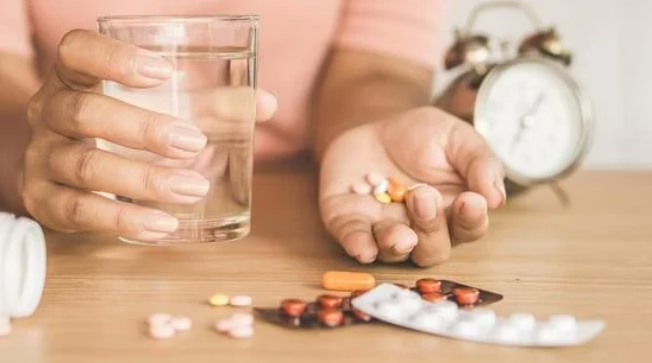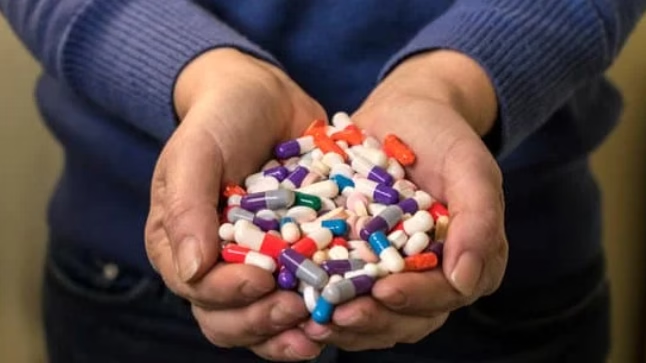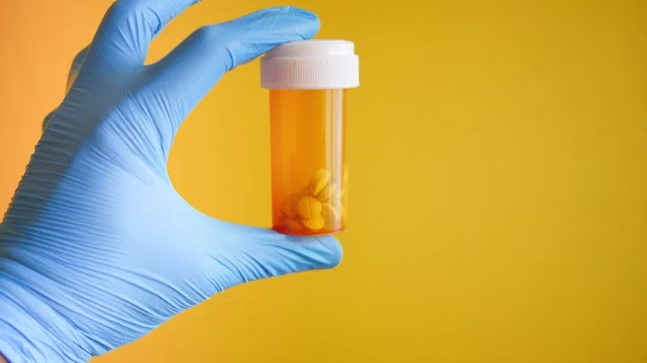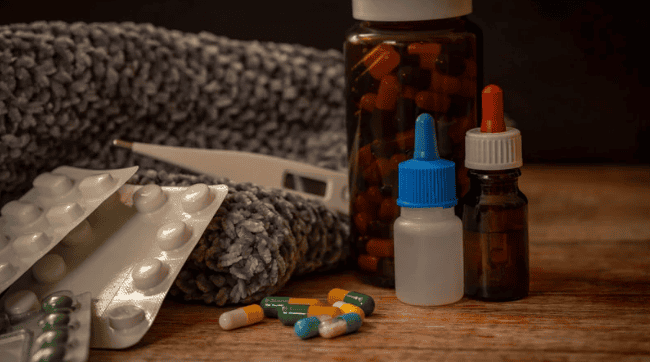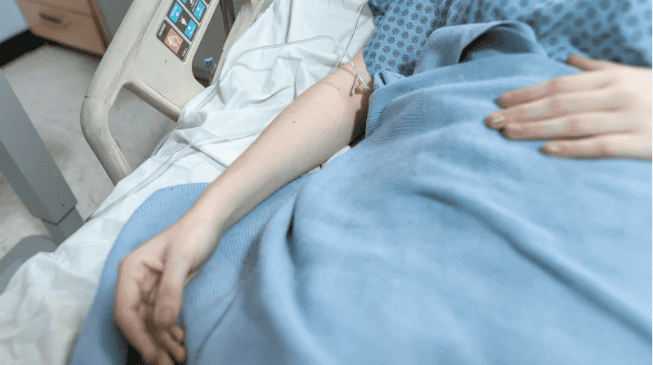Cultural Voices Unheard: Multicultural Barriers to Opioid Treatment in Georgia
People from diverse cultural backgrounds face invisible walls when seeking help for opioid addiction in Georgia.
The state has invested millions in treatment expansion, but language barriers, racial disparities, gender stigma, and rural isolation still prevent thousands from accessing life saving medications.
This article examines how cultural factors shape treatment access and retention across Georgia’s minority communities, and what recent policy and program changes mean for closing those gaps.
Understanding Inclusive Addiction Treatment in GA
Georgia defines inclusive addiction treatment through multiple dimensions: affordability for uninsured populations, geographic reach across rural and urban settings, clinical modality choice including methadone and buprenorphine, developmental responsiveness for adolescents and families, and cultural and linguistic access. The state’s Department of Behavioral Health oversees opioid treatment programs and sets evidence based clinical guidance, yet formal statewide language access standards remain unspecified in policy documents.
Recent investments offer a blueprint for change. In 2025, Georgia allocated opioid settlement funds to expand adolescent services, family supports, hospital peer recovery coaches, naloxone distribution, and chronic pain management through partnerships involving Emory Healthcare and Grady. The Addiction Alliance of Georgia, formed by Emory and Hazelden Betty Ford, prioritizes telehealth as a statewide access strategy and works directly with the CDC to reduce stigma.
Yet the infrastructure exists alongside persistent gaps. Georgia’s 2020 population stood at 10.7 million, with approximately 30.6 percent Black, 10.5 percent Hispanic or Latino, and 5.2 percent Asian residents. These demographic realities demand that treatment systems actively address cultural and linguistic barriers rather than assume a one size fits all approach.
Language and Cultural Access Gaps
The absence of standardized language access protocols represents a structural barrier for thousands of Georgians. While the Addiction Alliance emphasizes stigma reduction and community outreach, provided state materials do not specify multilingual patient education, interpreter services, or culturally informed engagement expectations for opioid use disorder programs.
This gap matters because language and stigma function as recognized barriers to access and retention. National evidence on community based initiatives highlights that culturally sensitive approaches paired with peer involvement improve outcomes. Georgia should formalize statewide language access expectations and fund technical assistance for implementation, including interpreter integration into telehealth platforms and multilingual resources distributed through syringe services programs, opioid treatment programs, and emergency departments.
Cultural responsiveness extends beyond translation. It requires community health workers and peer navigators drawn from the populations served, understanding of immigration related fears and their impact on treatment seeking, and flexible care models like telehealth that reduce visibility and transportation barriers for stigmatized groups.
Racial and Ethnic Disparities in Treatment
Racial and ethnic disparities in opioid use disorder treatment initiation and continuity after emergency department visits point to structural barriers that Georgia must measure and address. These barriers include insurance coverage gaps, transportation and digital access limitations, implicit bias among providers, and historical mistrust rooted in medical experimentation and discriminatory policies.
National data show that Black and Hispanic populations have been historically underrepresented in buprenorphine treatment relative to their share of opioid use disorder diagnoses. Georgia’s sizable Black and growing Latinx communities require deliberate strategies: investment in peer workforces reflecting community demographics, mobile and telehealth delivery to minimize transportation disruption, and emergency department to tele MOUD warm handoffs that reduce follow up loss.
The state’s equity tracking infrastructure remains incomplete. Although Georgia demographic benchmarks) provide denominators for stratified analysis, the research documents note that specific state level MOUD outcomes by race and ethnicity were not available in provided sources. To verify that settlement funded expansions close rather than widen gaps, Georgia should formalize equity dashboards and publish outcomes stratified by race, ethnicity, age, geography, and payer status.
Gender Stigma and Women-Centered Care Needs
Comparative evidence from the Republic of Georgia illuminates the devastating consequences of gendered stigma in addiction treatment. In that country, women constitute under 2 percent of treatment clients due to traditional gender roles, absence of women specific services, judgmental provider attitudes, and punitive legal framing. Women face heightened risks of violence, police harassment, and social ostracism when seeking help, particularly when partners also use substances.

While cultural specifics differ, structural lessons apply directly to Georgia in the United States. Women here confront layered barriers including caregiving responsibilities, safety concerns, intimate partner dynamics, and fear of child custody repercussions. Evidence reviews emphasize that addressing basic social needs like food, clothing, safety, and housing, expanding women only facilities, and coordinating pre and post treatment support materially improve outcomes.
Georgia’s 2025 settlement investments acknowledge developmental and family inclusivity by scaling adolescent outpatient programs and comprehensive family services through the Addiction Alliance. Yet explicit women centered design remains underdeveloped. The state would benefit from women only intensive outpatient tracks, trauma informed counseling integrated with intimate partner violence screening and response, childcare supports, flexible telehealth scheduling, and pregnant and parenting MOUD integration with obstetric care.
Faith Communities Shape Treatment Access
Religious institutions wield significant influence over public sentiment and policy in Georgia, as they do in many Southern states. Comparative experience from the Republic of Georgia shows how faith messaging can dramatically shape perceptions. In 2018, the Georgian Orthodox Church mobilized to suspend a marijuana production bill, with public homilies framing drug use in moral terms and endorsing strict measures against dealers. Such dynamics can sustain stigma and deter evidence based approaches if not carefully navigated.
Georgia health leaders face a strategic choice: engage faith communities as partners in destigmatizing medications for opioid use disorder and harm reduction, or risk implicit alignment with punitive framings that undermine care. Constructive engagement can position MOUD as life saving, family preserving, and consistent with community values of compassion and stewardship. Practical collaboration includes co hosting naloxone trainings, sponsoring peer recovery initiatives at church sites, and training faith leaders on the medical model of addiction.
The alternative is to cede cultural messaging ground, allowing stigma to persist unchallenged and perpetuating silent suffering among congregants who need treatment. Evidence on stigma reduction efforts underscores that community partnerships and education materially change local climates for treatment seeking.
Geographic Barriers in Rural Georgia
Rural counties face compounded access challenges: fewer opioid treatment programs, limited broadband for telehealth, transportation deserts, and workforce shortages. Georgia’s response leverages telehealth flexibilities and emerging mobile medication unit models to bridge geographic gaps.
The state’s telemedicine flexibilities for controlled substance prescribing extend through December 31, 2025, enabling continued telehealth initiation and maintenance of buprenorphine without in person exams. This window allows rural residents to access same day medication starts, reducing the burden of multi hour drives to distant clinics.
Mobile medication units affiliated with opioid treatment programs represent a second breakthrough strategy. Federal guidance accommodates mobile dispensing through existing certification pathways, and scoping reviews document that mobile units increase access among underserved populations and may enhance retention relative to fixed sites. Georgia’s Department of Behavioral Health and Developmental Disabilities can approve new opioid treatment program facilities and secondary dispensing locations, positioning the state to deploy mobile methadone and buprenorphine services in care deserts.
Implementation requires attention to privacy and stigma. Rural residents under community supervision or with recent overdose history report lower willingness to use mobile services, indicating the need for neutral venues, confidentiality assurances, and peer navigation that addresses surveillance concerns.
Justice-Involved Populations Face Unique Hurdles
People under probation, parole, or other forms of community supervision confront distinct barriers when seeking opioid use disorder treatment. Concerns about visibility, mandatory reporting, and potential sanctions can deter engagement with mobile units or fixed site programs perceived as proximate to law enforcement.

Program design must proactively mitigate these fears. Strategies include situating services at neutral community sites like libraries or cooperative faith venues, formalizing confidentiality protections through memoranda of understanding with supervision agencies, providing legal rights education on MOUD protections, and deploying peer navigators with lived justice system experience. Without these safeguards, even well funded treatment expansions may fail to reach populations at highest overdose risk.
Georgia’s harm reduction framework offers partial support. The state permits syringe services programs under Department of Public Health rules, yet operational constraints and paraphernalia criminalization context require deliberate law enforcement collaboration and public education to ensure safety for staff and participants.
Table: Multicultural Barriers and Georgia Policy Responses
| Barrier Dimension | Specific Challenge | Georgia Policy or Program Response | Evidence Alignment |
| Language Access | No statewide interpreter or multilingual resource standards | Informal community outreach; CDC stigma collaboration through Addiction Alliance | National evidence supports culturally sensitive, multilingual peer models |
| Racial/Ethnic Equity | Disparities in ED to treatment transitions; historic underrepresentation in buprenorphine access | Settlement funds expand capacity; equity dashboards not yet formalized | Stratified data essential to verify impact |
| Gender | Women face caregiving barriers, IPV risks, custody fears | Settlement funds for family services; women only programs underspecified | Women centered services yield high marginal returns where stigma acute |
| Faith Influence | Moral framing can sustain stigma | Opportunity for constructive partnership; no formal faith engagement strategy documented | Comparative evidence shows faith messaging shapes public treatment perceptions |
| Geographic | Rural care deserts, transportation, broadband gaps | Telemedicine flexibilities through 2025; mobile unit pathways available via OTP certification | Telehealth reduces discontinuation risk; mobile units improve retention |
| Justice Involvement | Surveillance fears, mandatory reporting concerns | SSP authorization; no formal MOUs or peer navigation for supervised populations documented | Neutral sites and confidentiality protections increase willingness to engage |
Why Does Inclusive Treatment Matters Now?
Retention in medication treatment is the strongest predictor of mortality reduction for people with opioid use disorder. When cultural and structural barriers prevent individuals from initiating or continuing care, the result is preventable overdose deaths. Georgia’s 2025 investments in telehealth, mobile units, adolescent and family services, hospital peer coaches, and naloxone distribution align with evidence on what works. Yet without deliberate multicultural design, these expansions risk replicating existing disparities at a larger scale.
The state’s next phase must institutionalize inclusive practices: standardized language access protocols, equity dashboards published quarterly, women centered service tracks embedded across the continuum, faith partnerships framed around saving lives, mobile unit deployment prioritizing underserved counties, and justice involved population protections formalized through memoranda with supervision agencies. These are not ancillary enhancements. They are foundational to translating capacity into coverage and coverage into outcomes.
Comparative lessons from the Republic of Georgia underscore the stakes. When stigma goes unaddressed and services fail to meet the specific needs of marginalized groups, particularly women, treatment systems exclude the very people at highest risk. Georgia in the United States has the policy levers, financing mechanisms, and provider partnerships to choose a different path.
Take the Next Step Toward Recovery
If you or a loved one is navigating barriers to opioid addiction treatment, compassionate and evidence based care is available now. Thoroughbred Wellness & Recovery in Marietta offers dual diagnosis treatment integrating medication management, trauma therapies, and holistic support designed for your unique needs. Call us to speak with an admissions specialist 24/7.






